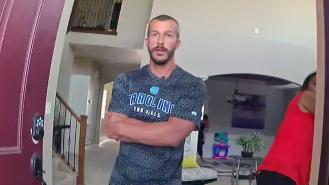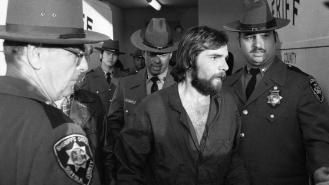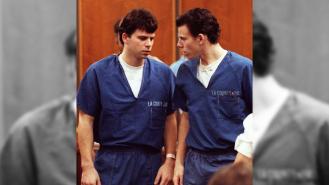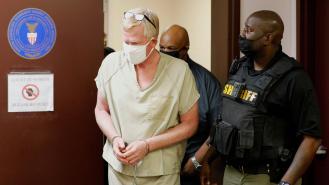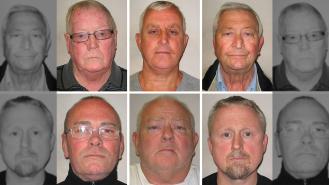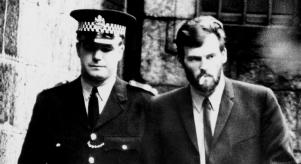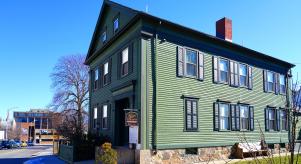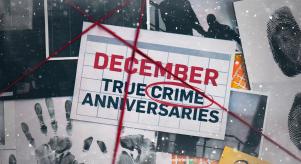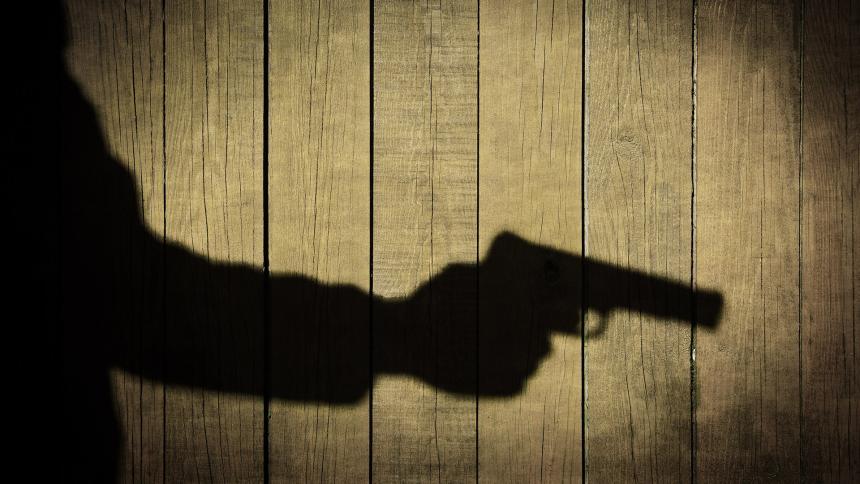
The Easter Sunday Massacre: James Ruppert killed his whole family
The Easter Sunday Massacre is the deadliest Ohio mass shooting by a lone culprit in history. A total of 11 people were murdered: a grandmother, her son and daughter-in-law, and the couple’s eight children.
The Ruppert family were shot and killed in their home on 30th March 1975. Within five minutes, the entire family were dead. Their deaths came at the hands of one of their own: 41-year-old James U. Ruppert, their son, brother and uncle.
What drove him to commit such a crime?
Who was James Ruppert?
James Ruppert was the second child and son born to Charity and Leonard Ruppert. His childhood wasn’t an easy one: his mother told him she had wanted a girl, while his father was abusive and violent.
In 1946, at the age of 37, Leonard Ruppert died from tuberculosis. His two sons, James and Leonard Jr, were only 12 and 14, but from then on, they were made to take on the responsibilities of being the ‘men of the house’. Their mother often told people their childhood ended when their father died.
As the older brother, Leonard Jr assumed the role of the head of the household. He bullied his brother, who was small, didn’t have many friends and struggled at school.
At 16, Ruppert was so unhappy, he ran away from home and attempted suicide. He was unsuccessful, but things didn’t improve for him. Neighbours described him as quiet, a loner, and that he read a lot.
The family
By the age of 40, Ruppert had dropped out of college, was unemployed, drinking heavily and living with his mother. He had lost a lot in the stock market crash of the mid-70s and owed money to his brother, who, by contrast, was much more successful.
Leonard had a degree in electrical engineering, which led to a job at General Electric. He was married to a woman named Alma - one of Ruppert’s former girlfriends - and had eight children with her.
Meanwhile, Charity was frustrated with Ruppert’s inability to hold down a job and his alcohol dependency. By 1975, she was threatening to evict him.
Before the massacre
In the months before the massacre, Ruppert was in a deep depression and his behaviour was deteriorating. He was seen buying silencers for his guns.
On his birthday, 29th March - a day that fell on Holy Saturday that year - Ruppert went out, first to the river, where he shot cans with his gun, then to a cocktail bar. While there, he spoke to Wanda Bishop, who worked at the bar, telling her about his mother and the threatened eviction. He stayed at the bar until the early hours of the morning, talking of his problem that ‘needed to be solved’, before he finally returned home.
Easter Sunday
The following day was Easter Sunday and the family had plans together. Both Ruppert and Leonard were going to be at their mother’s home for Sunday dinner. Charity had told her neighbours she was excited to have her family visit.
Leonard, Alma and their eight children arrived later that day. Ruppert woke up to the sounds of his brother’s children doing an Easter egg hunt in the front garden. When Ruppert went downstairs, Leonard Jr asked him about his car, a comment Ruppert took to be an insult from his more successful brother. He went back upstairs. When he came down again, at around 4pm, he was carrying four loaded guns.
His mother was in the kitchen with his brother, Alma and three of their children. Most of the other children were in the living room. Ruppert entered the kitchen and shot both his brother and his sister-in-law. He then shot his mother, three times, after she attempted to lunge at him.
He moved on to kill the children in the kitchen: Carol, aged 13, David, 11, and Teresa, 9, before going into the living room, where he murdered his remaining nieces and nephews. Leonard III was 17, Michael, 16, Thomas, 15, Ann, 12, and John, the youngest victim, only 4.
Each victim was shot at least once to stop them from escaping, before being shot again to make sure they were dead. According to authorities, the only sign of a struggle was a bin that had been knocked over.
Ruppert then lay down on the sofa and contemplated suicide. According to a psychiatrist who testified at his trial, Ruppert had decided suicide would be a mortal sin. Three hours after the murders had happened, he finally called the police, who later described the scene as a ‘slaughterhouse’.
His arrest
Ruppert was arrested and charged with 11 counts of aggravated homicide. He refused to cooperate with police but made it clear he was going to plead insanity.
At trial, Ruppert was found guilty by a three-judge panel and sentenced to life in prison on 3rd July 1975. A mistrial was later declared and a new trial was set.
On 23rd July of the same year, the trial began, which included evidence of his target practice and his conversation with Wanda Bishop. He was found guilty and received 11 consecutive life sentences.
After an appeal, Ruppert was granted a third trial in 1982. This time, he was found guilty of the first-degree murder of his brother and mother, but not guilty by reason of insanity for the other nine deaths. He was incarcerated at the Franklin Medical Centre.
Ruppert was up for parole three times throughout his time inside, but each time, he was denied. He died in June 2022, at the age of 88, from natural causes.
